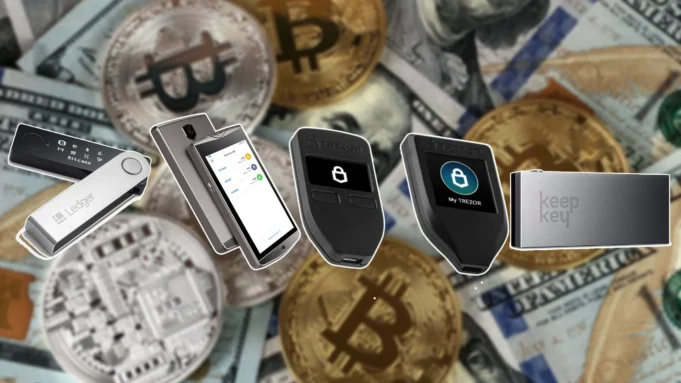Not one, not five, but a whopping 16 cryptocurrency billionaires are U.S. passport holders. That’s quite mind-blowing, considering there are only 19 crypto billionaires worldwide. Even more impressive is that these folks built their wealth through bitcoin.
No wonder 4 in 10 surveyed people said they plan to buy crypto this 2024.
If you have the same plans, one of the first things you must do is choose a crypto wallet. Hardware and software wallets, in turn, are the two primary types of crypto wallets.
So, which one is better, then?
This hardware wallet vs. software wallet guide can help you make the right choice, so read on.
What Is a Crypto Wallet Anyway?
A crypto wallet stores the cryptographic information of a cryptocurrency. This includes the wallet owner’s public and private keys.
A public key serves as a wallet’s address. You need this code whenever you buy crypto, as it ensures your purchase gets sent to your account.
A private key gives crypto owners secure access to their cryptocurrency holdings. It verifies transactions and proves ownership. You can think of it as a lock that opens your crypto “vault.”
A crypto wallet doesn’t store your actual cryptocurrency holdings. That makes the word “wallet” a bit of a misnomer.
Instead, a crypto wallet only serves as the platform that connects to the blockchain. The blockchain, in turn, is a public ledger that records all crypto transactions. To learn more about this, check out this guide answering the question, how does crypto wallet work?
What Is a Hardware Wallet, Then?

A hardware wallet is a physical, external device, such as a USB, a Bluetooth device, or an S.D. memory card. It’s a type of cold wallet, meaning its user can keep it offline when not in use. The only time it needs to go online is when its owner needs to sign a transaction.
For instance, let’s say you have a hardware wallet and wish to sell or send crypto. You may only have to plug it into your computer or a crypto ATM to verify the transaction. Other devices may require you to press a button for authorization.
After that, you can immediately disconnect your wallet from the internet-connected device.
Another feature of a hardware wallet is that it’s completely non-custodial. This means that you, and no one else, have access to your wallet.
What About a Software Wallet?
Software wallets are programs designed to run on computing devices. They’re all generally hot wallets, meaning their accessibility requires an internet connection. They come in three types: desktop, mobile, and online.
A desktop wallet is a program you download and install on your desktop computer or laptop. It stores your keys on that device, enabling you to access your codes through your PC or laptop. Since you’re the only one who can access a desktop wallet, that makes it a non-custodial wallet.
A mobile wallet is an application for smartphones or tablets. So long as your device has an internet connection, you can access the app.
Online wallets are websites that store your keys for you. Therefore, you can only access your codes online by opening the site on a browser.
A mobile wallet can either be a non-custodial or custodial wallet. The latter means a third party keeps your keys for you. Thus, online wallets are completely custodial.
Hardware Wallet vs. Software Wallet: When to Choose Which
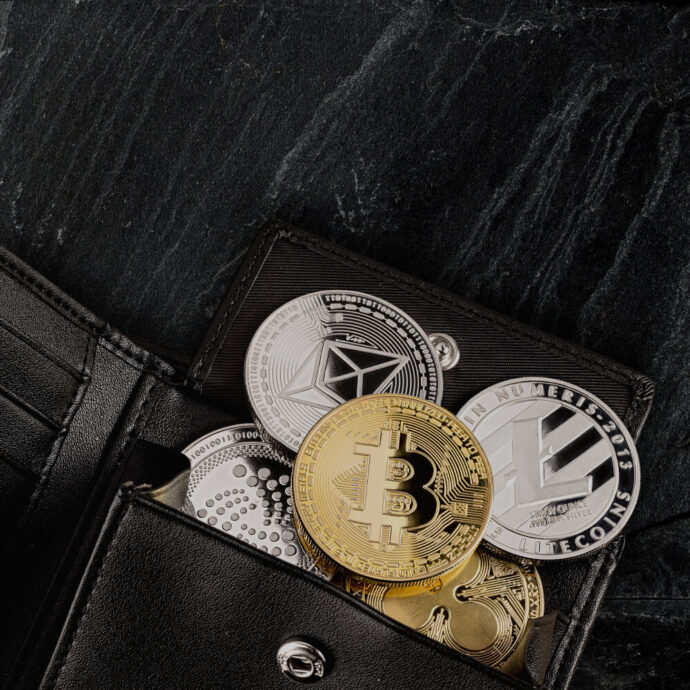
When choosing among hardware or software crypto wallets, consider your coins’ value. Also, think about how often you wish to perform transactions. These factors can impact your holdings’ security, so use them to help you gauge which type of wallet to use.
If You’re Buying Loads of Crypto
In this case, the best crypto wallet is a hardware wallet.
The chief reason is that a hardware wallet is far more secure than its software counterpart. After all, it keeps your keys offline in cold storage. That effectively isolates and secures your private keys.
On the other hand, software wallets, reliant on the internet, are prone to hacking. In 2024 alone, hackers have stolen over $1.6 billion worth of crypto from users. Many of these crimes occurred due to software wallets’ internet vulnerability.
If you decide to use a hardware wallet, you must still practice extreme caution. Remember: It’s non-custodial, so it’s entirely up to you to secure it. For example, you can keep it in a highly secure storage location like a bank vault.
Choosing a hardware wallet with stringent password protocols is also of utmost importance. It must also have a recovery seed phrase for password recovery (in case you forget it).
Other hardware wallets feature multi-signature (multi-sig) technology. This requires more than one private key to sign and authorize crypto transactions. In some cases, several different private keys are necessary to generate a signature.
If You Don’t Plan to Transact Daily
Again, a hardware wallet makes the most sense in this case. After all, you need the physical device itself to perform transactions. So if you were to store it in a bank vault and wish to do day-to-day trading, you’d have to go to the bank daily.
If You Need Accessibility and Convenience
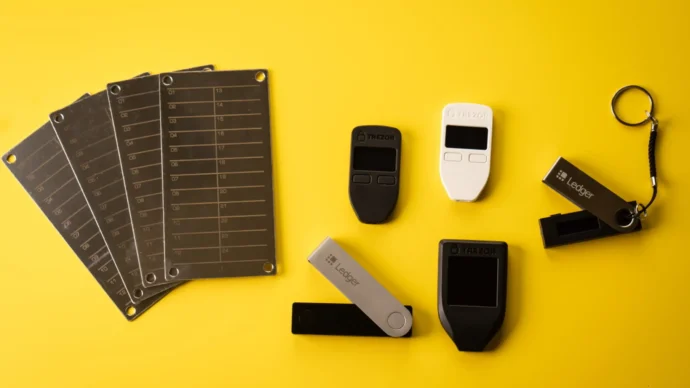
Of the 21% of polled Americans who said they own crypto, some cited investing in it as their reason for ownership.
Day trading is one way to invest in cryptocurrencies. It involves buying and selling crypto multiple times daily. To profit, you must buy when the currency’s value is low and sell it once its price goes up.
When we say day, we mean 24 hours. Crypto markets don’t sleep, so you can trade whenever, wherever.
That said, if you’re looking into daily or frequent trading, you need easy access to your wallet. In this case, a software wallet makes more sense, as you can tap it anytime, as long as you have an internet connection.
If You’re Prone to Forgetting Passwords
According to some estimates, over a third of people keep over 20 passwords. That’s likely one of the reasons 78% of polled users said they forgot a password and had to reset it.
Although some hardware wallets offer password recovery, they’re not easy to remember. This is because their recovery seed phrase often contains 12, 18, or 24 random words. You then need to provide them all; otherwise, you won’t regain access to your wallet.
If you can’t verify your wallet ownership, you can say goodbye to all your crypto holdings.
This is where the custodial services of software wallets can be beneficial. If you forget your password, all you have to do is to request the software maker’s assistance. Likewise, you can ask for their help if you lose your phone, break your PC, or forget your login credentials.
The software maker still needs to verify your identity. However, the protocols are easier to pass as long as you own the wallet.
A standard security method for software wallet identity verification is multi-factor authentication. This involves sending a code to one or more of your other devices associated with the wallet. For example, it can be your smartphone and an email account.
If You’re Still in a Crypto Trial Mode
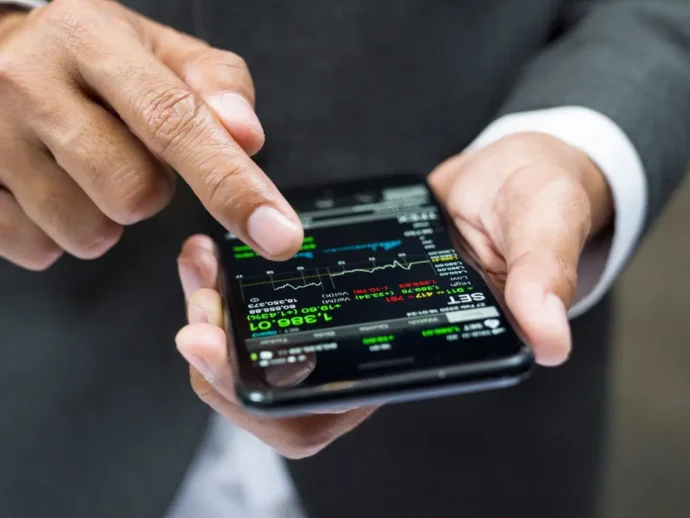
Suppose you’re still on the fence about investing in crypto and only want to try it first. If so, a software wallet, which is usually free, is a more practical choice. On the other hand, a hardware wallet can cost you about $80 to $150.
Also, as a beginner, you’d likely want to monitor how your digital currencies fare daily. The easiest way to do this is through the accessibility of a software wallet. With this, you can keep checking your holdings, regardless of the time of the day.
If You Want to Be Ready for Emergencies
According to a 2019 survey, 62% of participants said they lost their wallets or had them stolen. Over a third also admitted to repeatedly misplacing their wallets.
If you’re like most people, your wallet likely houses cash and most, if not all, of your cards. So, imagine the trouble you might face if you lose it while you’re alone and far from home.
That may not be an issue if you have a mobile wallet with funds and you still have your phone. In this case, you can withdraw some of your digital currencies in cash from a crypto ATM.
There are now nearly 40,000 crypto ATMs worldwide. Over 90% are in North America (34,400+ in the U.S. and 2,500+ in Canada).
Some ATMs only require you to connect your mobile wallet and verify your identity. The last part may entail the ATM sending a pin code to your phone, which you then enter into the machine. The ATM may also ask you to scan your wallet’s QR code.
Those steps are necessary to authorize the sale of your cryptocurrencies. Once processed, the ATM converts your crypto into fiat currency. You can then use the cash as a source of backup or emergency funds.
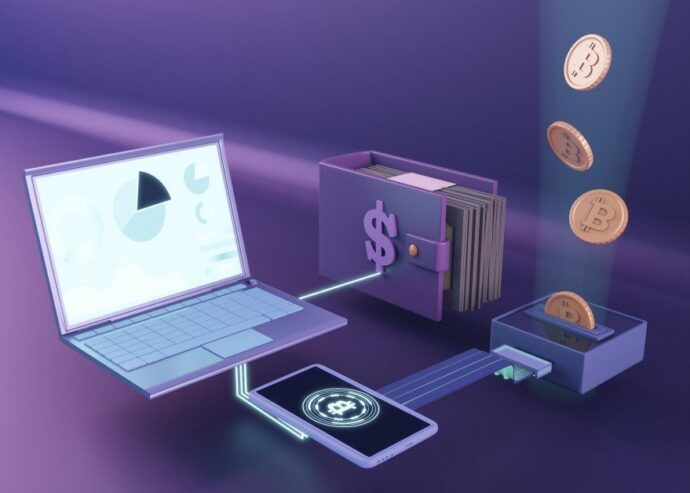
You Can Always Get Both
As you’ve learned in this hardware wallet vs. software wallet guide, the former is more secure. By contrast, the latter offers a higher degree of accessibility and convenience.
If you want the best of both worlds, why not use a hardware and a software wallet? That way, you can always perform daily transactions. Then, you can secure your earnings by sending them from your software wallet to the hardware one.
For more of the latest news and informative content, check out the rest of our blog now!

